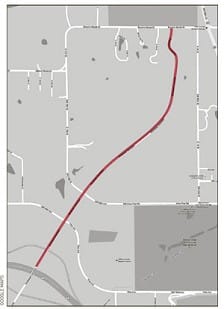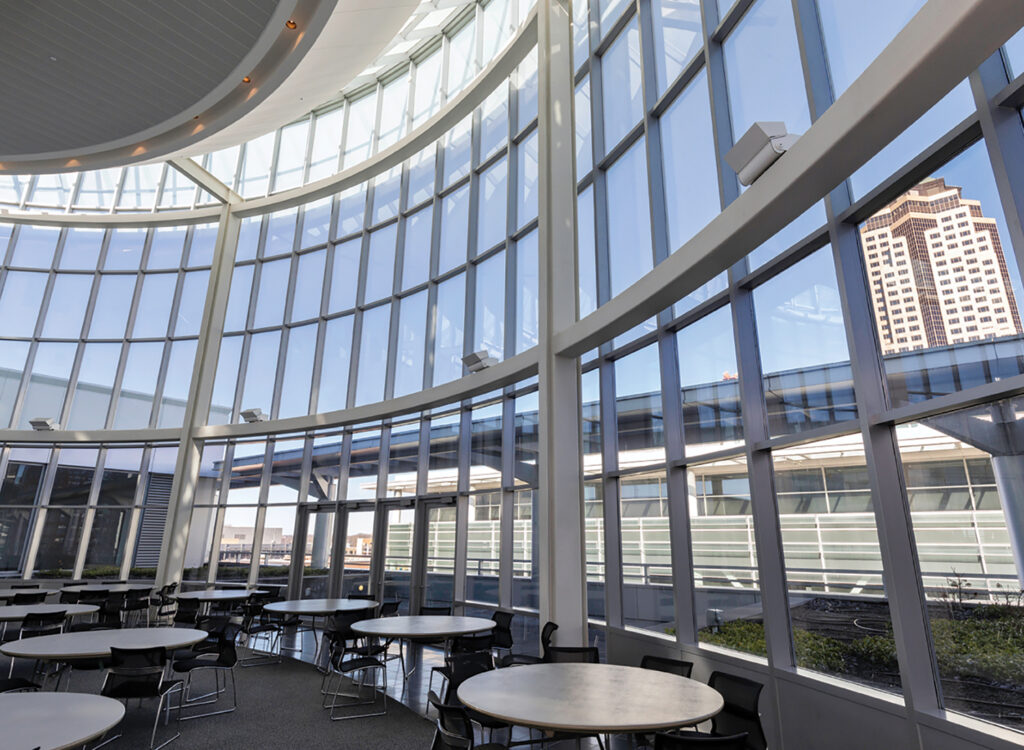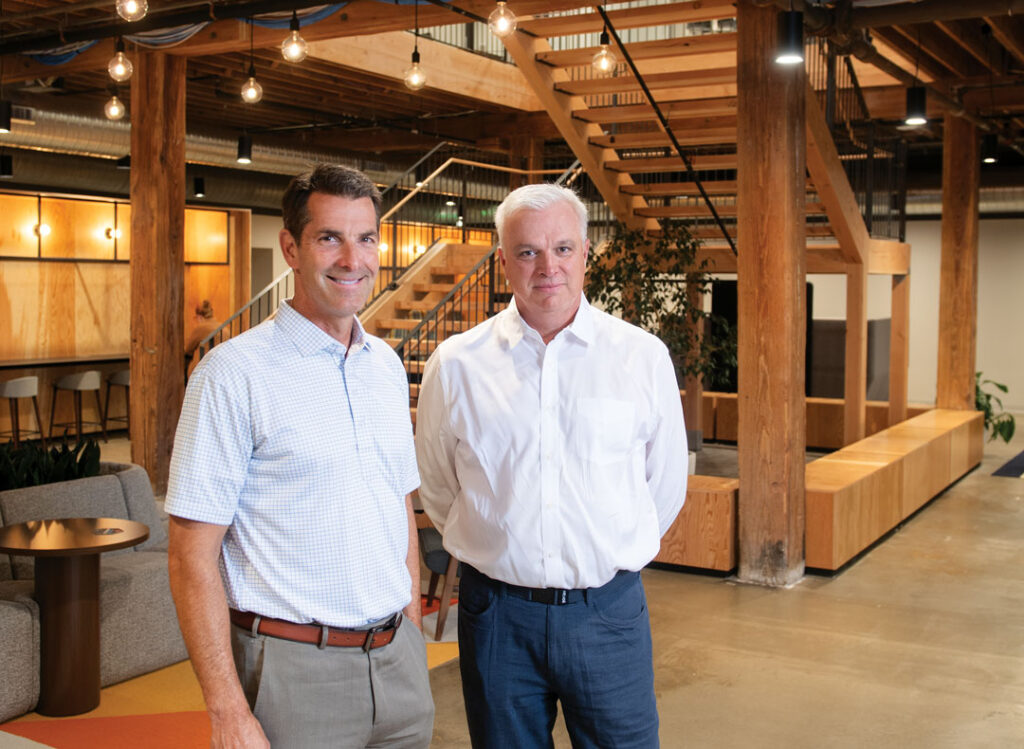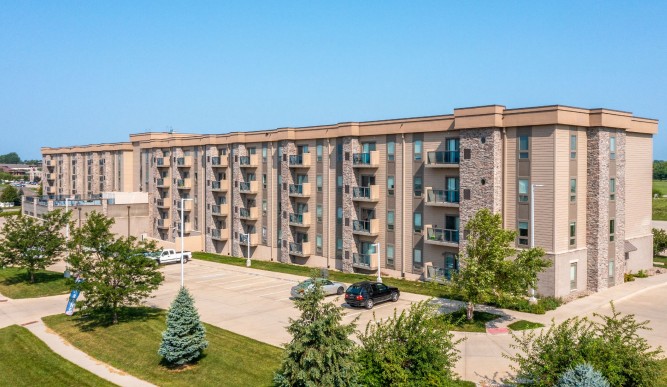Open that gate: Southwest Connector
The Business Record takes a road to development in Greater Des Moines

Editor’s note: This article is a part of a series of articles that appeared in the CRE Guide updating readers on four areas of greater Des Moines that are poised for development. Click here to see the full guide. Read all: Alice’s Road, Southwest Connector, Southeast Connector/Martin Luther King Jr. Parkway & Go North
A big gateway to development is waiting to be opened between Waukee and West Des Moines. It’s called the Alice’s Road interchange, and it is an opportunity waiting to gallop to freedom for landowners and brokers, city leaders, maybe even commuters who get stalled in rush-hour traffic.
When completed, maybe in 2014, it will join a range of interchanges that have been keys to development.
Without the reconstruction of the East Mixmaster, chances are that The Toro Co. might have looked elsewhere when deciding to relocate a state-of-the-art distribution center in Ankeny. The meshing and splitting of Interstates 35, 80 and 235 at least contributed to Toro’s decision, said Curtis Brown, Ankeny’s economic development director.
And where would all the shoppers and residents and commuters destined for Jordan Creek Town Center be without that lovely bridge and interchange at Interstate 35 and Mills Civic Parkway in West Des Moines?
Some interchanges, and roads it would seem, are destined for greatness.
The Business Record went looking for those great development gateways and picked out four areas poised for growth.
Southwest Connector
One proposed southern route for Alice’s Road/105th Street extends from Mills Civic Parkway in West Des Moines, over the Raccoon River into Madison County and eventually loops through Warren County, crossing Iowa Highway 5 and connecting to McKinley Avenue at Iowa Highway 28 at the border of West Des Moines and Des Moines.
Eventually, it would deliver commuters to Des Moines International Airport and on to downtown Des Moines.
The city of West Des Moines already has started construction from Highway 5 to the McKinley/Highway 28 intersection.
Clyde Evans, the city’s community and economic development director, said the time was right to take some steps to construct a roughly three-mile stretch of the connector, make intersection improvements and install other infrastructure, still knowing that a complete buildout is many years down the road.
“We just felt that it was time to help spur things in that area,” Evans said.
The connector also will have a tie-in, someday, to the city’s Grand Technology Gateway west of Interstate 35 and extending to the Microsoft Corp. data center. That strip of roadway, by the way, also will extend to 105th Street.
However, with transportation budgets tight, it is difficult to know when funds will be available to complete all of the Southwest Connector. Projections from the Des Moines Area Metropolitan Planning Organization place construction out to 2030.
Landowners keep that big loop in the back of their minds. Knapp Properties is working with state and federal authorities for approval of a bridge over the Raccoon River that would pass through a large portion of their land and eventually lead to the connector.
Still, development is a long way off.
And it’s barely on the map for the city of Des Moines.
Assistant City Manager Matt Anderson, who recently returned to City Hall to lead Des Moines’ economic development efforts, said there is little development momentum now on the southwest side.
“It’s not key today,” Anderson said. “There are not a lot of development demands. With transportation resources limited from the federal level, you have to pick your priorities.”
The Southwest Connector would cross Iowa Highway 5, part of the southern bypass that was first discussed in the 1970s and eventually completed in 2002. Where the highway runs along the border of Polk and Warren counties, development has been spotty.
Norwalk has benefited from the link the bypass provided to Highway 28, but many eager landowners are still waiting for development opportunities. Much of that growth was trumped by General Growth Properties Inc.’s decision to build Jordan Creek Town Center in farm fields west of Interstate 35. The southern bypass did provide a relatively quick commute to that development.










